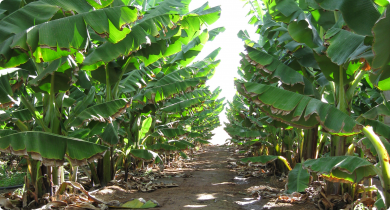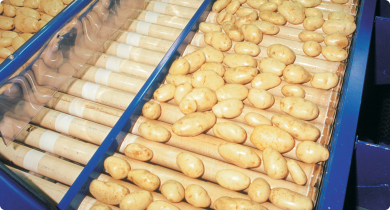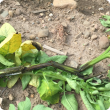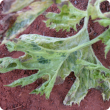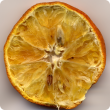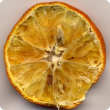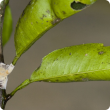Horticulture
The Department of Primary Industries and Regional Development works closely with all sections of the industry supply chain from paddock to plate.
Western Australia grows a diverse range of top-quality horticultural crops from the Ord River Irrigation Area in the north, to the Gascoyne River at Carnarvon, the coastal sands near Perth and throughout the cooler south-west region.
Crops include tropical and temperate fruits, delicious vegetables and outstanding table wines. WA also leads the country in flower exports, mostly from our unique native flora.
Filter by search
Filter by topic
- (-) Remove Biosecurity & quarantine filter Biosecurity & quarantine
- Biosecurity (66) Apply Biosecurity filter
- Plant biosecurity (62) Apply Plant biosecurity filter
- Pests, weeds & diseases (59) Apply Pests, weeds & diseases filter
- Diseases (35) Apply Diseases filter
- Fruit (32) Apply Fruit filter
- Vegetables (20) Apply Vegetables filter
- Pests (19) Apply Pests filter
- Fungi (15) Apply Fungi filter
- Pest insects (14) Apply Pest insects filter
- Potatoes (12) Apply Potatoes filter
- Citrus (12) Apply Citrus filter
- Grapes & wine (12) Apply Grapes & wine filter
- Nursery & cutflowers (11) Apply Nursery & cutflowers filter
- Table grapes (8) Apply Table grapes filter
- Quarantine (8) Apply Quarantine filter
- Tomatoes (7) Apply Tomatoes filter
- Emergency response (6) Apply Emergency response filter
- Viruses & virus-like (6) Apply Viruses & virus-like filter
- Wine grapes (5) Apply Wine grapes filter
- Bacteria (5) Apply Bacteria filter
- Crop diseases (4) Apply Crop diseases filter
- Intrastate movement (4) Apply Intrastate movement filter
- Bananas (4) Apply Bananas filter
- Minor fruits (3) Apply Minor fruits filter
- Onions (3) Apply Onions filter
- Irrigated crops (3) Apply Irrigated crops filter
- Mangoes (3) Apply Mangoes filter
- Importing to Western Australia (3) Apply Importing to Western Australia filter
- Agricultural emergency preparedness (3) Apply Agricultural emergency preparedness filter
- Agricultural emergency response (3) Apply Agricultural emergency response filter
- Garlic (2) Apply Garlic filter
- Grains (2) Apply Grains filter
- Stone fruit (2) Apply Stone fruit filter
- Livestock & animals (2) Apply Livestock & animals filter
- Food, export & investment (2) Apply Food, export & investment filter
- Capsicums and chillies (2) Apply Capsicums and chillies filter
- Biosecurity and Agriculture Management Act (2) Apply Biosecurity and Agriculture Management Act filter
- Agricultural exports (2) Apply Agricultural exports filter
- Biosecurity governance (2) Apply Biosecurity governance filter
- Leeks (1) Apply Leeks filter
- Livestock species (1) Apply Livestock species filter
- Importing plant and plant products (1) Apply Importing plant and plant products filter
- Mites & spiders (1) Apply Mites & spiders filter
- Bees (1) Apply Bees filter
- Beans (1) Apply Beans filter
- Climate, land & water (1) Apply Climate, land & water filter
- Control methods (1) Apply Control methods filter

